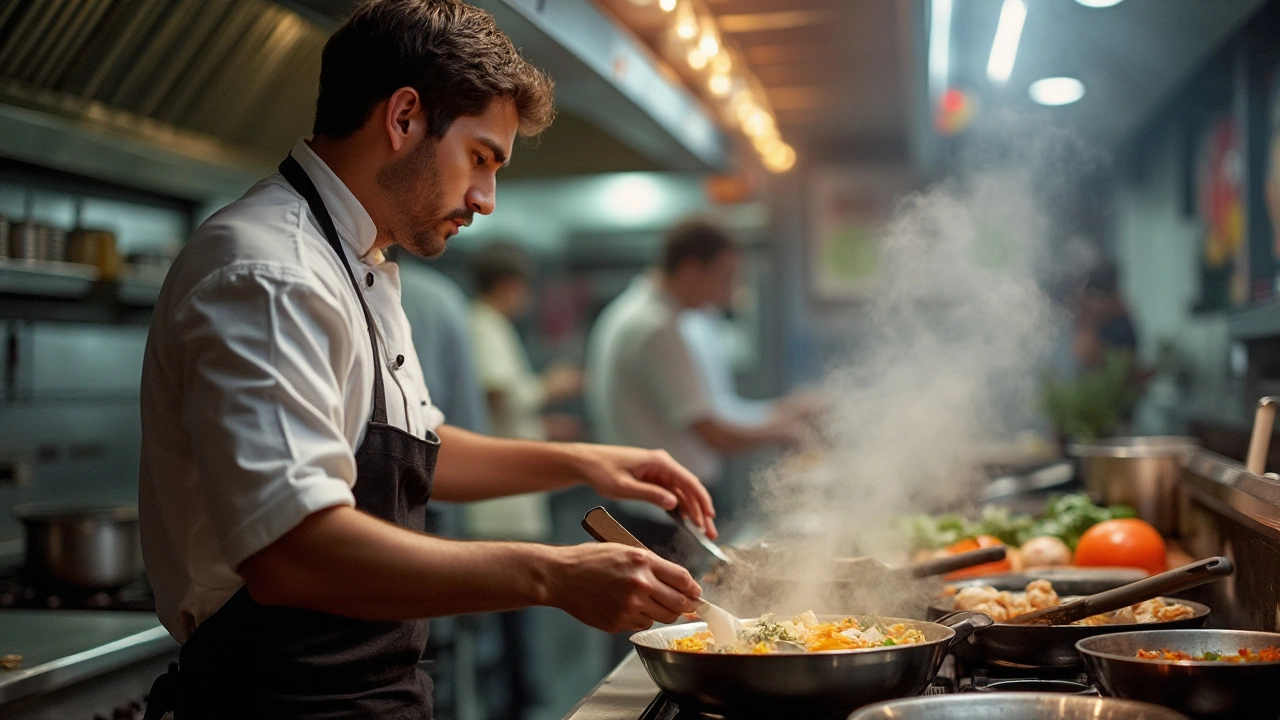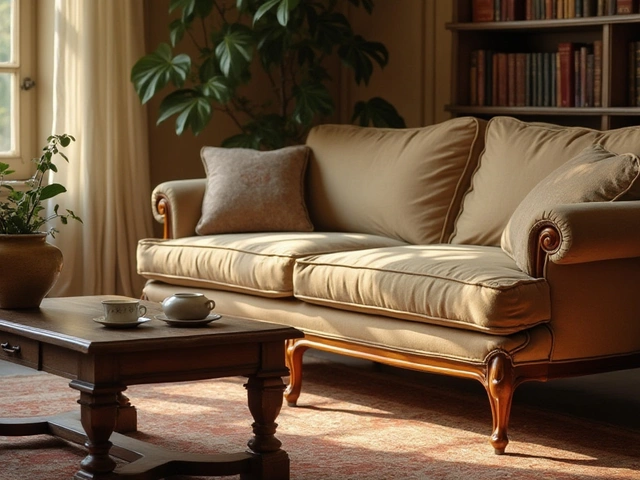Non‑Stick Pans: What You Need to Know Before You Buy
If you love quick meals and easy cleanup, non‑stick pans are probably a kitchen staple. But the market is packed with claims about health, durability, and price. This guide cuts through the noise, showing you how to pick a safe pan, keep it in good shape, and avoid common pitfalls.
Are Modern Non‑Stick Pans Safe?
Recent research has cleared up a lot of the old fear around Teflon‑coated cookware. Most new pans use PFAS‑free formulations that meet strict EU and US regulations. Look for labels that mention “PFOA‑free” or “PFAS‑free” – they’re a good sign the pan won’t leach harmful chemicals at normal cooking temperatures.
That said, no coating is indestructible. Overheating (above 260 °C/500 °F) can still break down the surface, so it’s best to cook on medium heat and avoid pre‑heating an empty pan. If the coating starts peeling or flaking, retire the pan – even the safest material can’t protect you once it’s damaged.
Choosing the Right Pan for Your Kitchen
Start with the material. Ceramic‑coated pans are a popular PFAS‑free option and work well for low‑fat cooking. Traditional Teflon pans are usually lighter and cheaper, but they require more careful heat management. Hard‑anodized aluminum offers extra durability and even heat distribution, though it often comes with a non‑stick layer on top.
Size matters too. A 20‑cm (8‑inch) pan is perfect for eggs or single‑serve sauces, while a 28‑cm (11‑inch) version handles stir‑fries and larger portions. If you frequently cook for a family, a 30‑cm (12‑inch) pan saves you from juggling multiple dishes.
Don’t forget the handle. Heat‑resistant, ergonomically‑shaped handles make tossing and serving easier, and they stay cool longer. Stainless‑steel or silicone grips are the most common and reliable choices.
How to Keep Your Non‑Stick Pan Working Like New
First, never use metal utensils. A simple wooden spoon or silicone spatula will protect the coating for years. Second, wash the pan by hand with warm, soapy water and a soft sponge. While many brands claim dishwasher safety, the harsh detergents and heat can wear down the surface faster.
Seasoning isn’t required for modern non‑stick pans, but a light rub of cooking oil after cleaning can fill micro‑scratches and improve performance. If food starts sticking, it’s usually a sign the surface is wearing thin – time to replace the pan.
Store pans carefully. Stack them with a protective liner (like a towel or parchment paper) between each one to avoid scratches. If you need to hang them, use a sturdy rack that supports the weight without bending the handles.
Alternatives If You Want to Go Even Safer
Cast iron and stainless steel aren’t non‑stick, but they’re virtually indestructible and free of chemical coatings. A well‑seasoned cast‑iron skillet can release food just as easily as a modern coating, and it adds iron to your diet. Stainless steel excels at searing and browning, though it needs a bit more oil.
For occasional non‑stick needs, consider a reusable silicone baking mat or a parchment paper liner. Both create a barrier between food and the pan, reducing the amount of oil you need and keeping cleanup simple.
Whether you stick with classic Teflon, upgrade to ceramic, or opt for a metal alternative, the key is to match the pan to your cooking style and treat it with care. Follow these tips and you’ll enjoy hassle‑free cooking without compromising safety.

The Secret Behind Chefs Avoiding Non-Stick Pans
Chefs often steer clear of non-stick pans, opting for alternatives that offer better heat distribution and durability. Understanding the reasons behind this choice can help home cooks improve their culinary skills. While non-stick surfaces offer convenience, their limitations can impact flavor and versatility in professional kitchens. This article explores the advantages and disadvantages of various cookware choices, shedding light on the preferences of seasoned chefs.
Categories
- Storage (27)
- Bathroom (18)
- Sofas (15)
- Curtains (15)
- Home Decor (12)
- Bedding (11)
- Kitchenware (11)
- Cushions (11)
- Mirrors (10)
- Rugs (9)
Popular Articles

Discover What Mirrors on Netflix is All About
Feb, 21 2025


